Microsoft is listening to its customers and that’s excellent news
5 min. read
Published on
Read our disclosure page to find out how can you help Windows Report sustain the editorial team. Read more
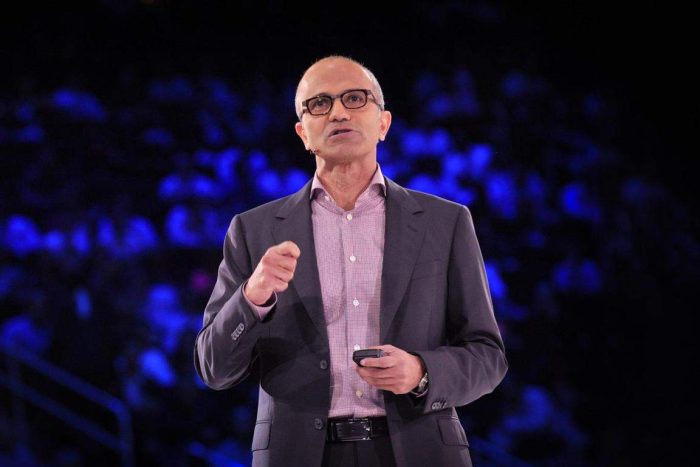
Microsoft is listening to its customers and that can only be a good thing for its business, its relationship with customers, and the company’s general outlook.
Why do I think Microsoft has suddenly started listening? It’s simple: The company will now tell users what, exactly, is in each update to Windows 10.
This change may seem small — and it is — but it shows that Microsoft is willing to listen to the concerns, annoyances, and general chit-chat that comes from the community as a whole and, when necessary, make changes that help.
The company announced the new policy by creating a new website dedicated to announcing, painstakingly, what is in every new version.
“We’re committed to our customers and strive to incorporate their feedback, both in how we deliver Windows as a service and the info we provide about Windows 10,” the website reads.
Microsoft then went further, releasing a statement that talked about how the company had “listen[ed] to feedback regarding the level of disclosure for Windows 10 updates [and] decided to implement a new system for communicating updates to the operating system.”
The change in policy is interesting because, by and large, the outcry over what made it into Windows updates was small. Many of the updates were small, fixing bugs and various other problems that probably didn’t need to be declared.
It’s impossible to say exactly what the old Microsoft would have done, but it likely wouldn’t have been this.
And herein lies the big, new Microsoft that listens to customers, takes into account what they have to say, and makes changes accordingly.
There are, of course, weak spots. For example, the issues surrounding the Surface are still ongoing.
Essentially, some Surface users have — or are — experiencing problems that can lead to the device being unusable. Microsoft hasn’t provided a clear statement or apology to affected users beyond saying that the company has teams who are working on it.
These problems seem small but, as I have noted before, the people who buy a Surface to use personally are, most likely, Microsoft’s most loyal — and therefore valuable — customers.
Of course, it could be that the words Microsoft is saying — that the company is “committed to our customers” and will “strive to incorporate their feedback,” for example — are just good PR, and nothing more.
But subtle, and not so subtle, shifts are good for the company as it reinforces the idea that Microsoft, despite employing over 100,000 people, listens.
Apple, when confronted with Antennagate, got Steve Jobs out on stage to explain what had gone wrong and, more importantly, what the company was going to do about it.
This show of humility, mixed in with good PR, saved the issue from becoming something bigger.
It’s not clear if anything Microsoft is doing could scale to the level of criticism Apple received — the Surface is, after all, a fairly niche device — but it does seem like harbouring dissatisfaction isn’t the best way to do business.

All of this sits on the backdrop of, arguably, one of the biggest changes Microsoft has made in the past decade: The Windows Insider program.
The Insider program has around three million members, according to Microsoft, and has helped make Windows 10 “the best Windows ever.”
It’s important to understand why, exactly, Microsoft needed the Insiders program.
Windows 8, the first major update to the operating system since Windows 7, changed a lot, without very much notice to everyday users who don’t follow the workings of Microsoft.
The changes, which mostly focused on how Windows looked, did not go down well with, well, anybody, and the company had to quick decide what to do and how to do it.
Windows 8.1, released one year after 8, made some changes but people were generally dissatisfied still, yearning for features Microsoft removed, like the Start Menu.
The Insiders program was created to make sure this kind of consumer dissatisfaction never happened again, and the simplest way to do that was just by asking a core group of Windows users what they wanted.
The result is, according to reviews and user opinion generally, a step-up from Windows 8.
There have been issues, however, and the company has been slow to address them.
Privacy, for example, has become a hot topic when talking about Windows 10, after it was discovered that the operating system continued to send data back to Microsoft even when asked not to.
Cortana, the virtual assistant, has also been scrutinised for its propensity to transmit data to and from a computer. (This focus can, in large part, be attributed to the fact it’s the only virtual assistant on a desktop.)
Microsoft responded to these concerns and has continued to do so as new ones — even imaginary new ones — popped up.
However, it’s unclear if the response — issues mainly through statements to news organisations — was enough to get out in front of the idea that Windows 10 was, or is, spying on users.
ZDNet, a popular technology blog for IT professionals, recently spent time debunking the idea put forward by Forbes writer Gordon Kelly that Windows 10 was reporting user data back to Microsoft thousands of times per day. (It isn’t.)
Kelly’s article has over 370,000 views and it’s unclear if the ZDNet debunk, which goes into extensive technical detail, will reach as many people. The damage, it would seem, has been done.
But, Microsoft is working on it and things like the Windows 10 Update History website go some way to assuring users that the company isn’t hiding something which, when you’re trying to get one billion people to install your piece of software, is very important.


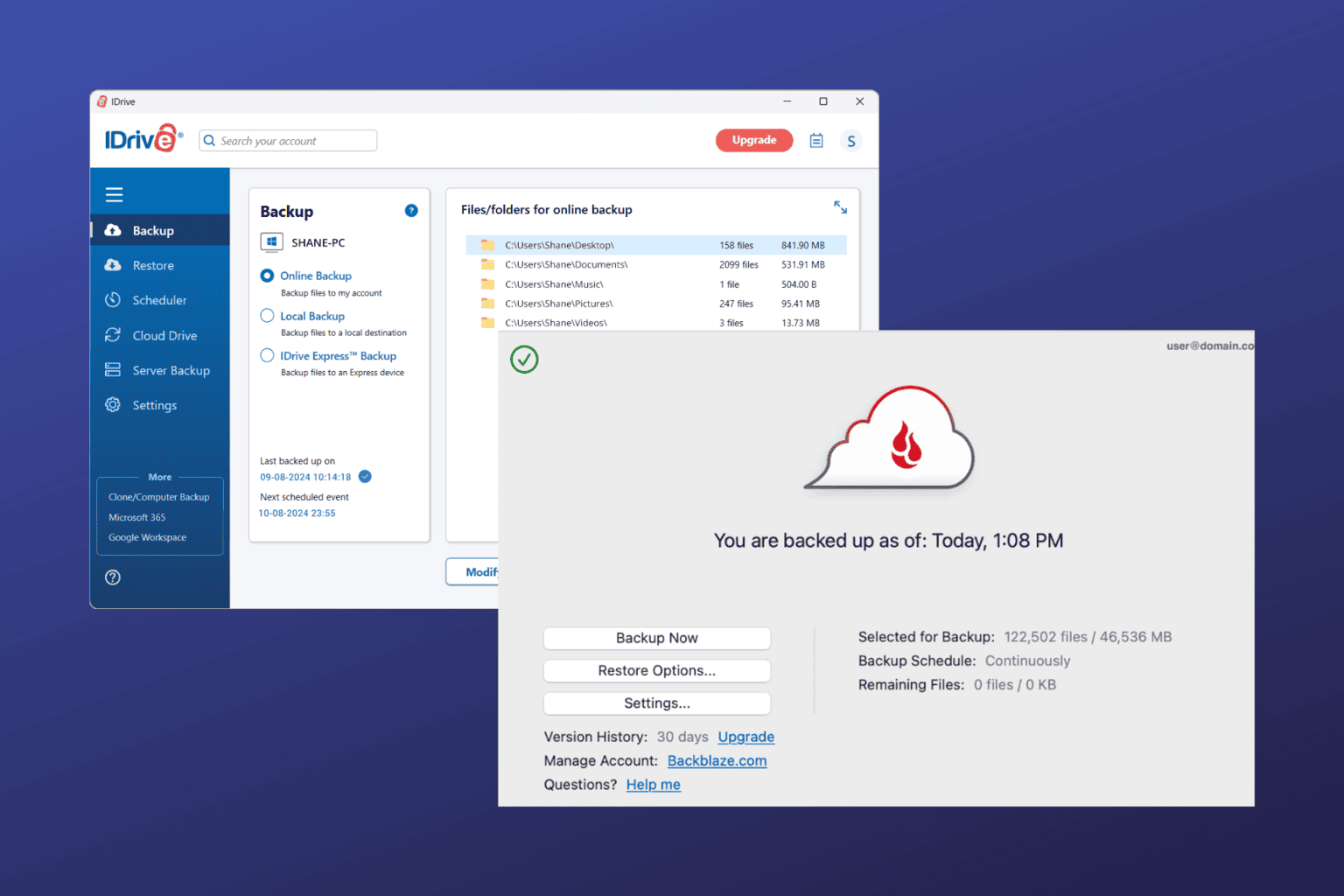
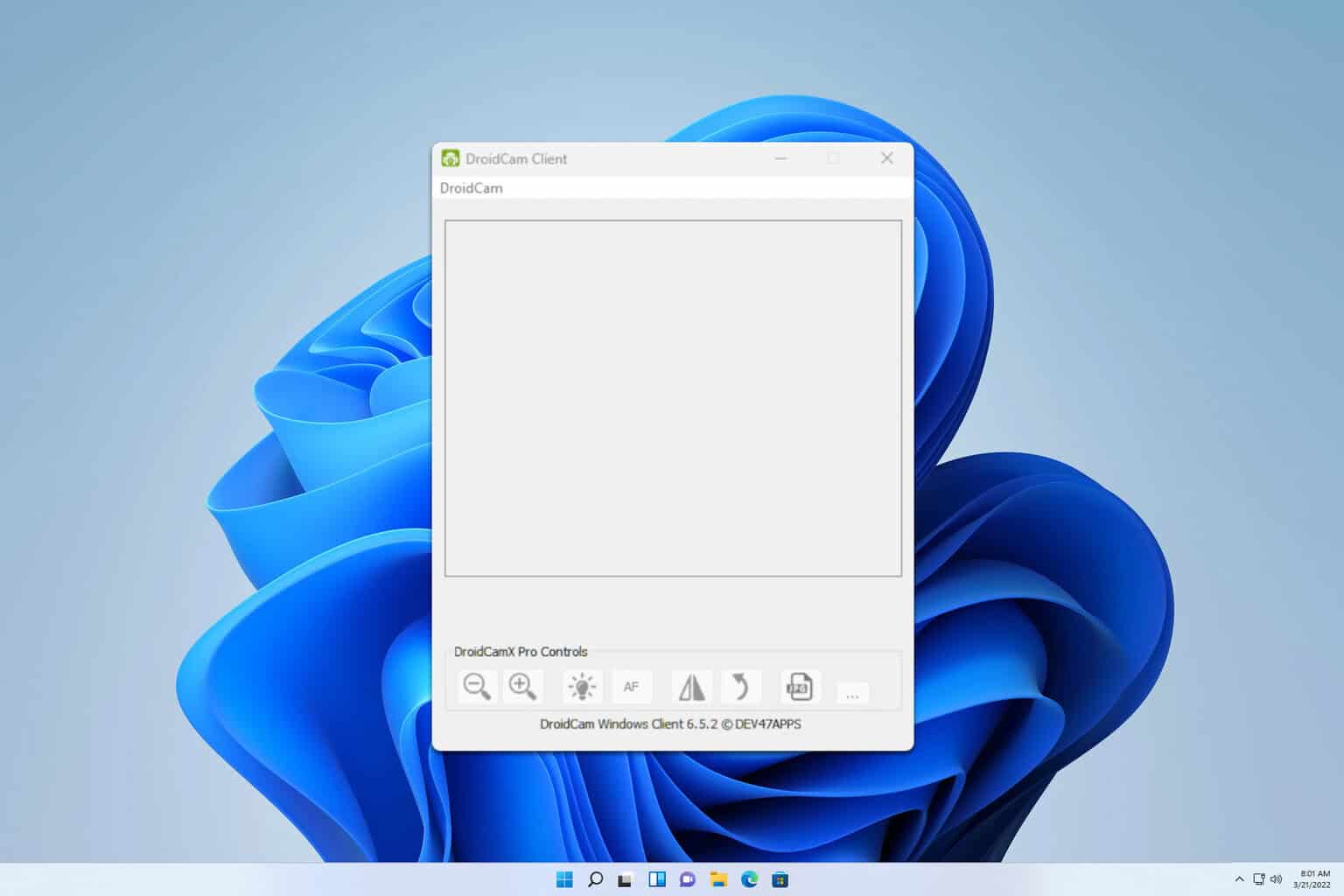
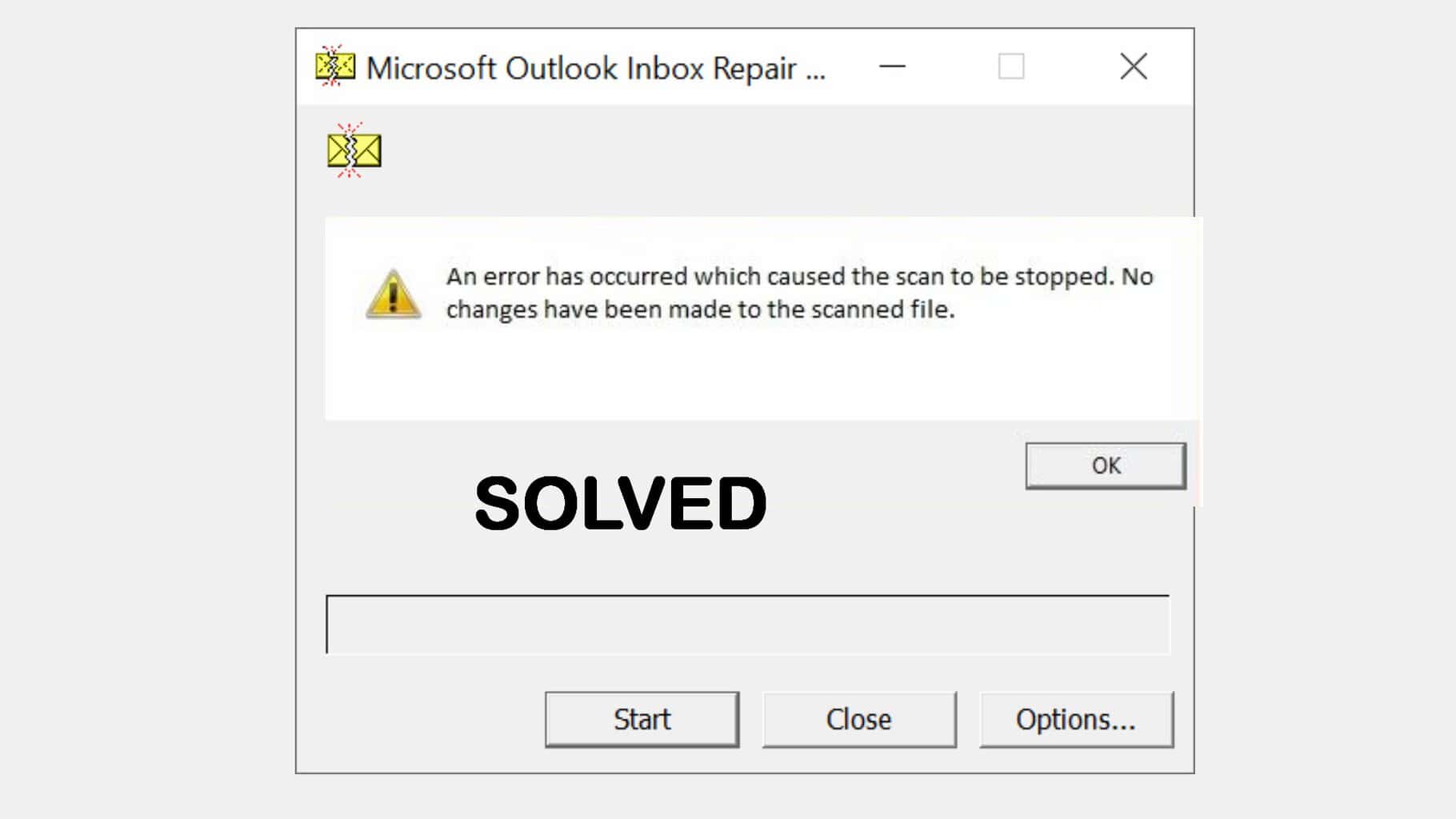
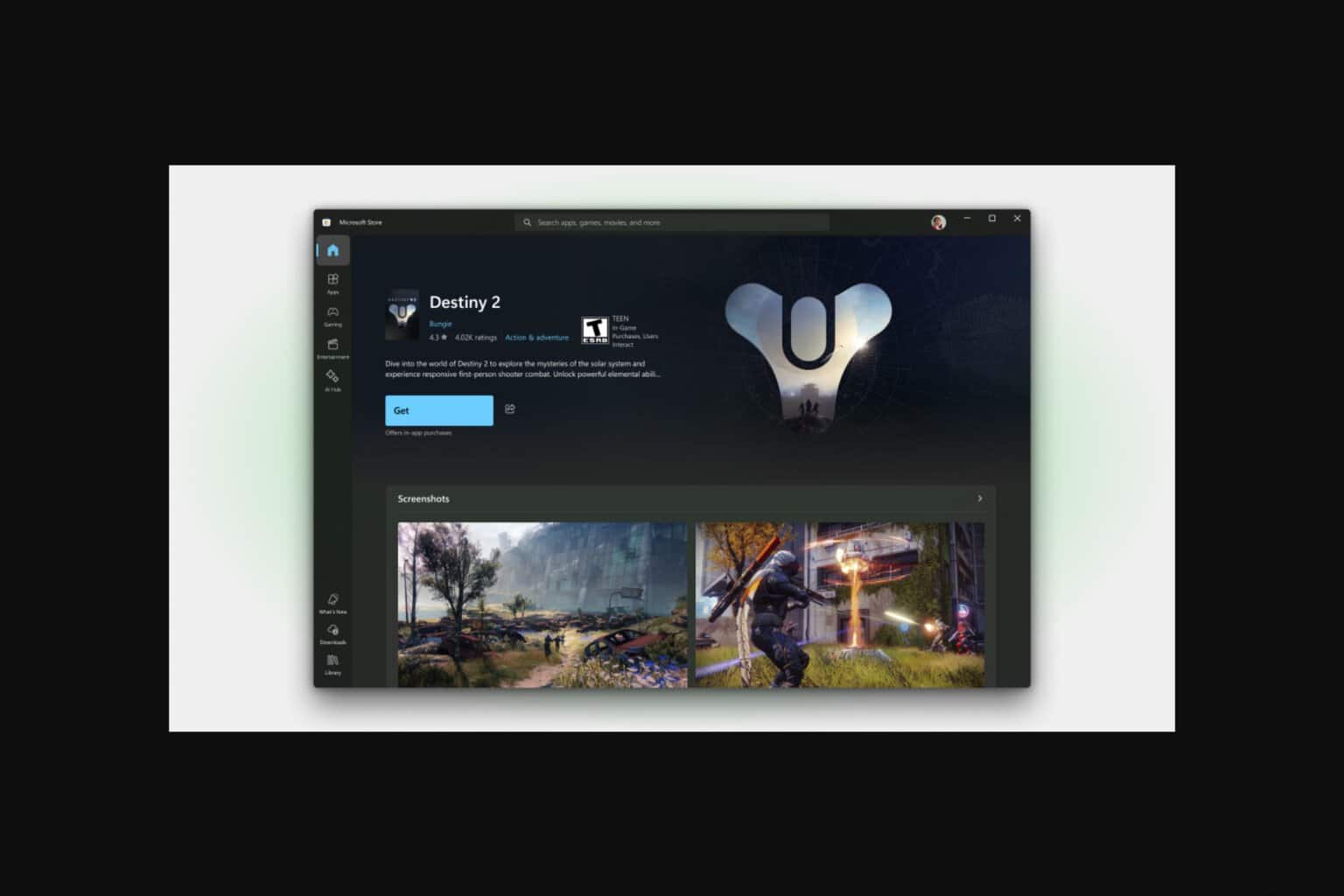

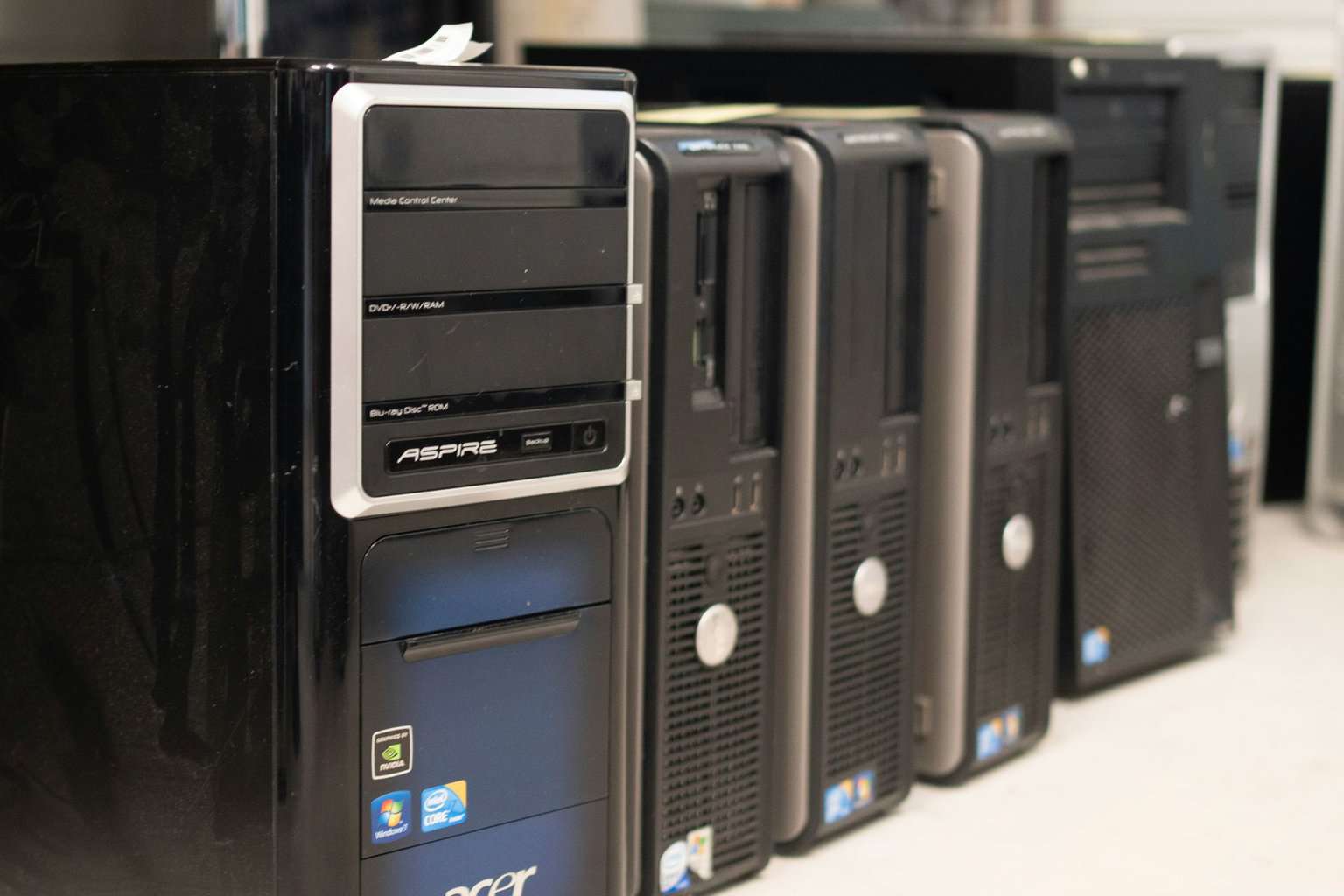
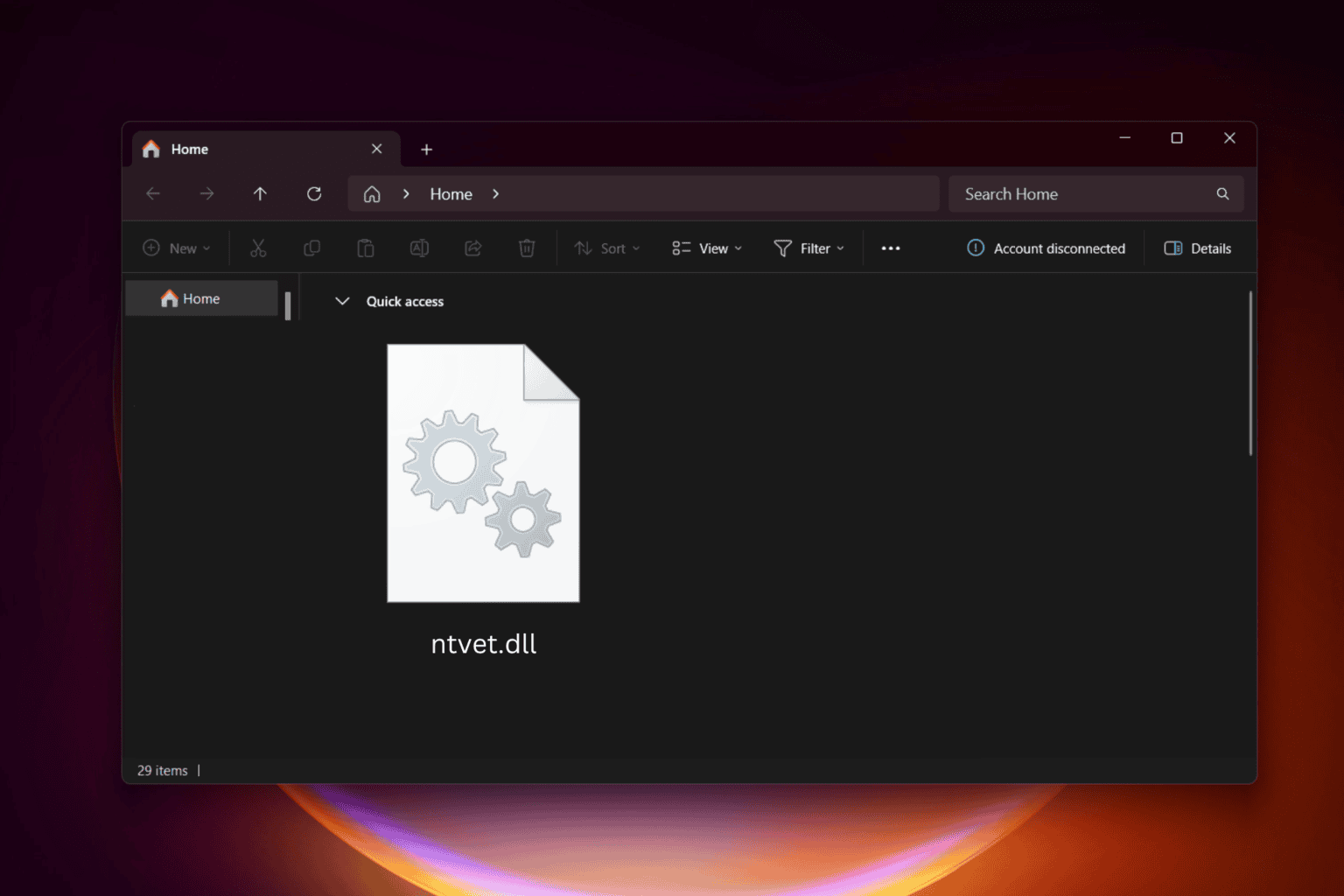
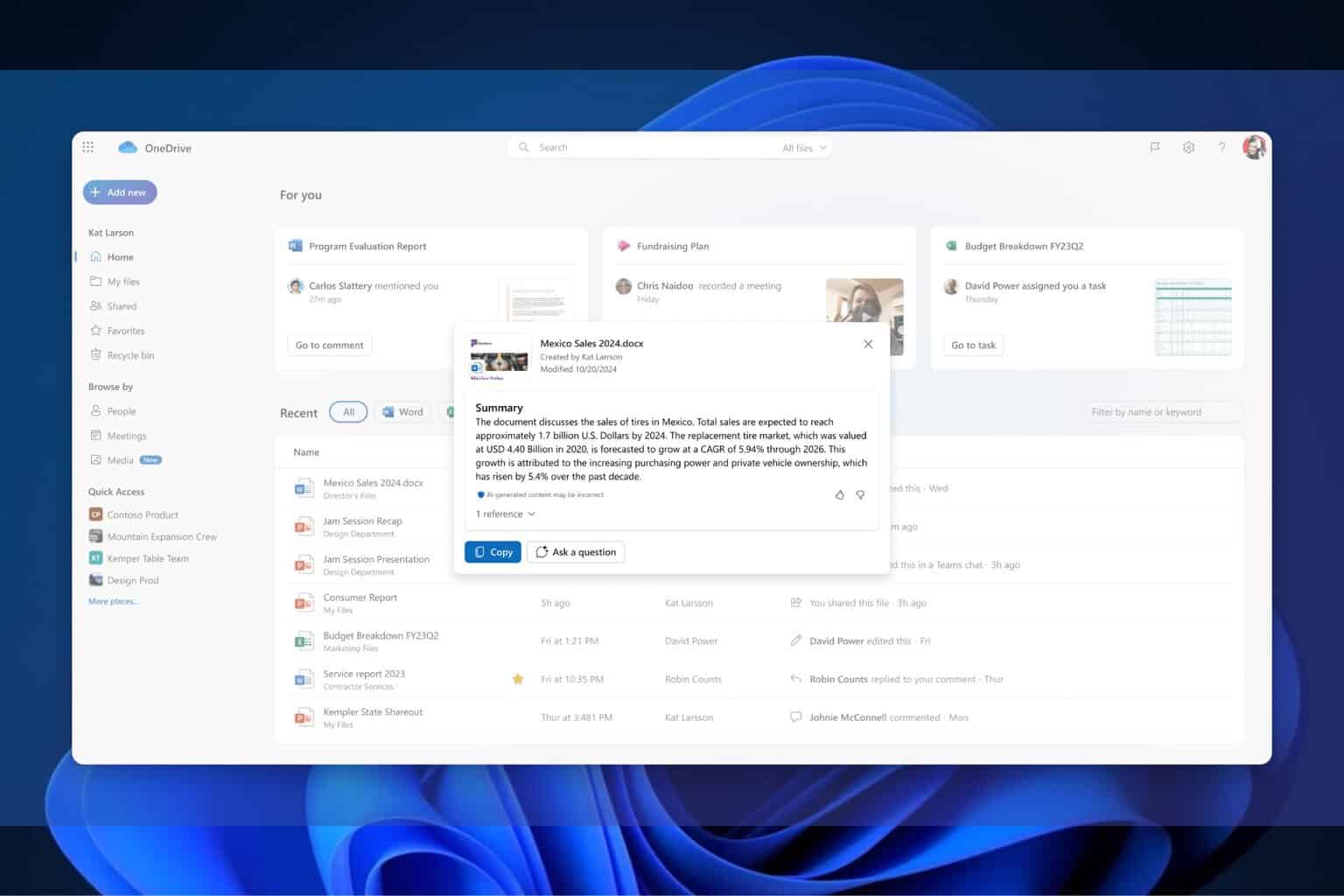
User forum
0 messages